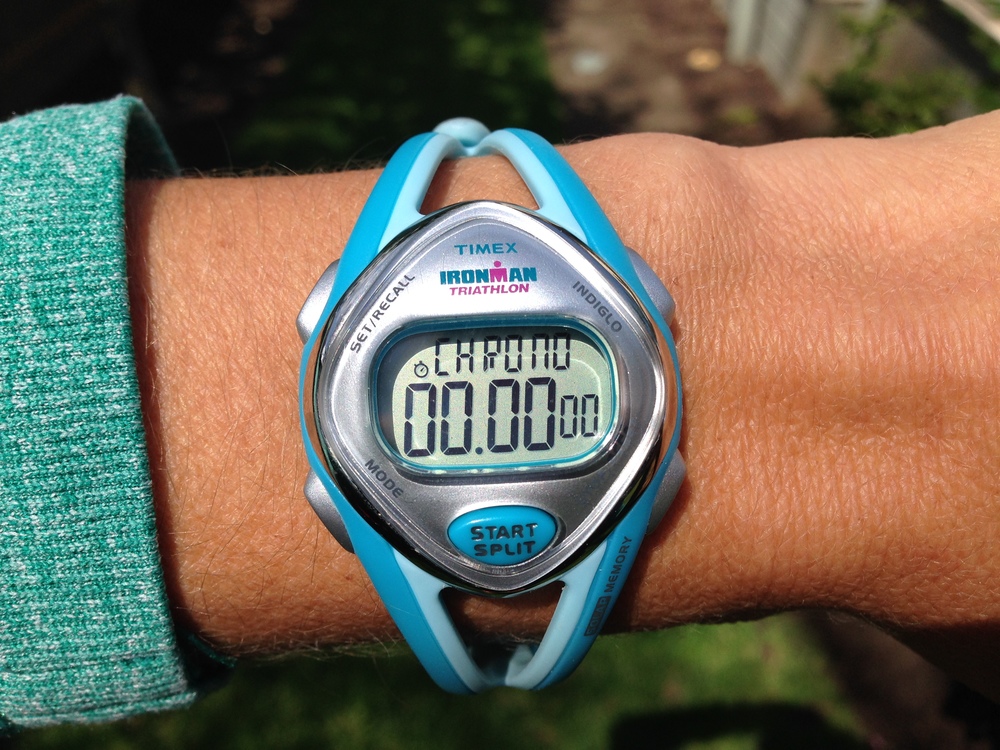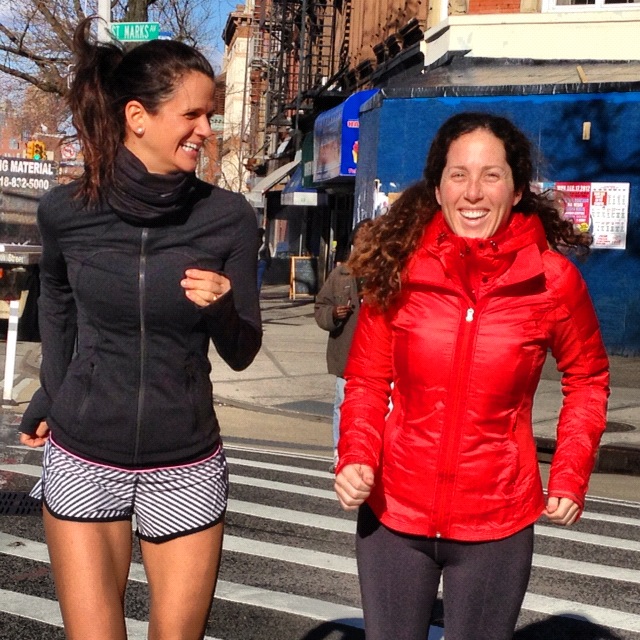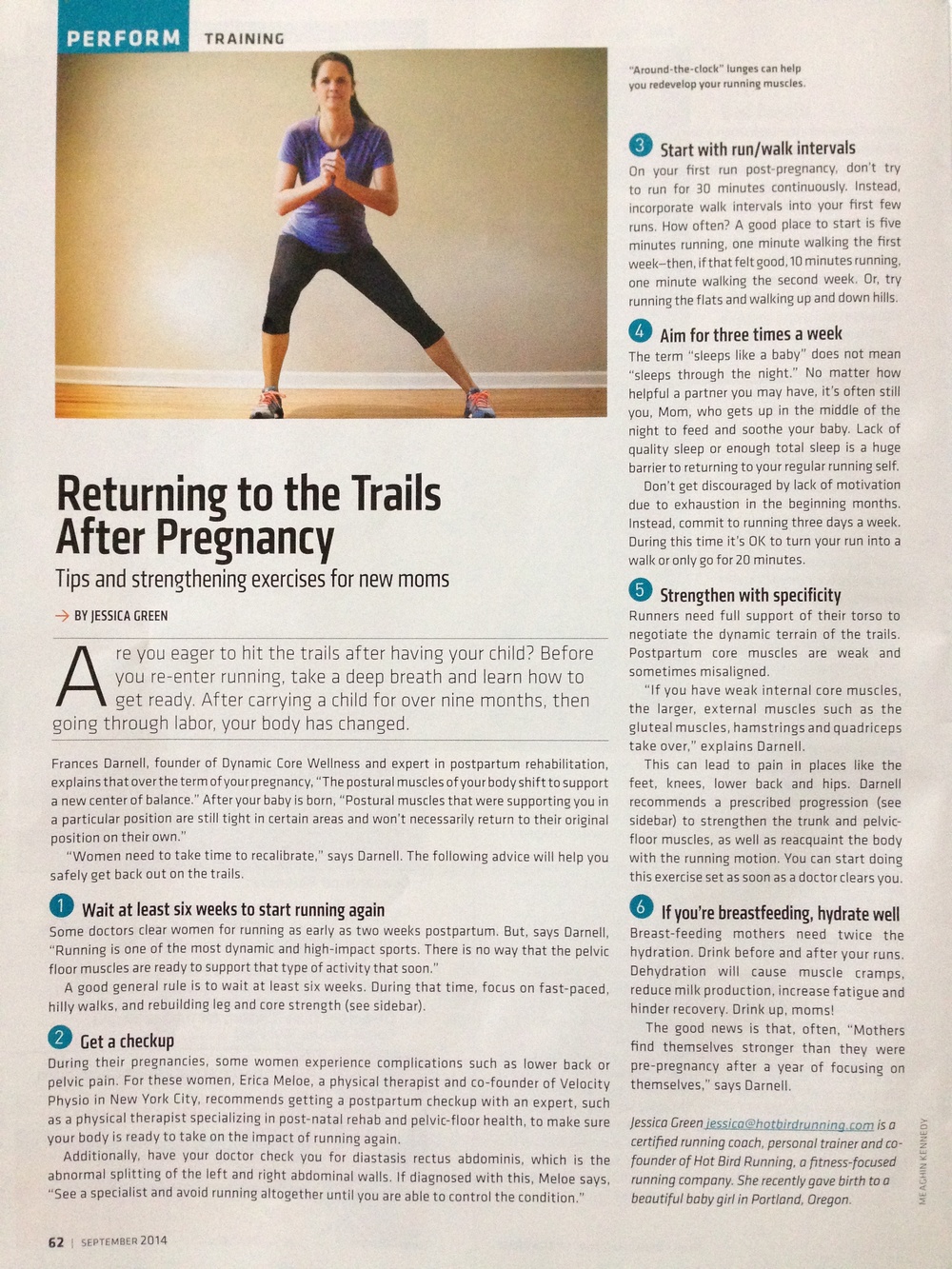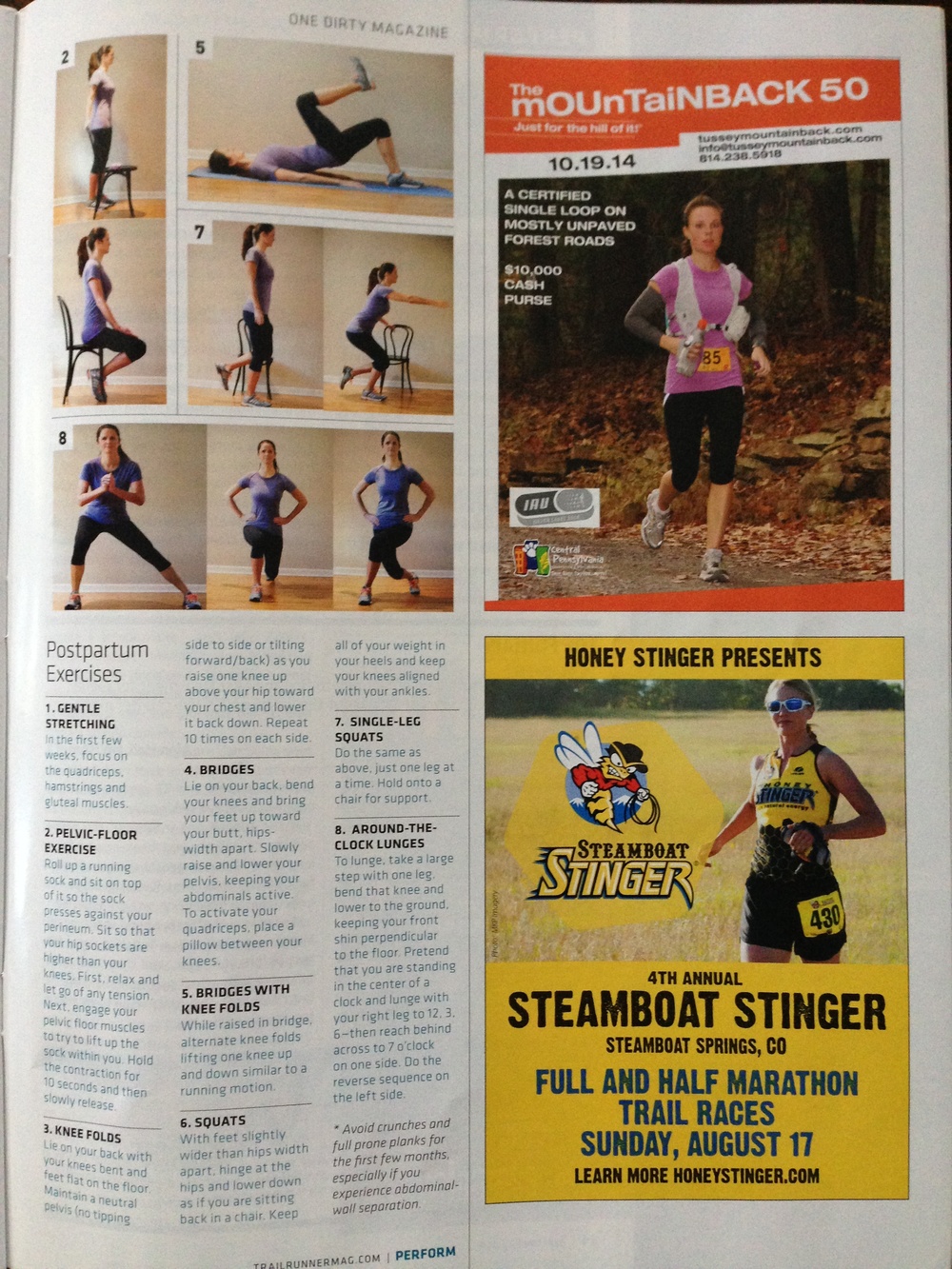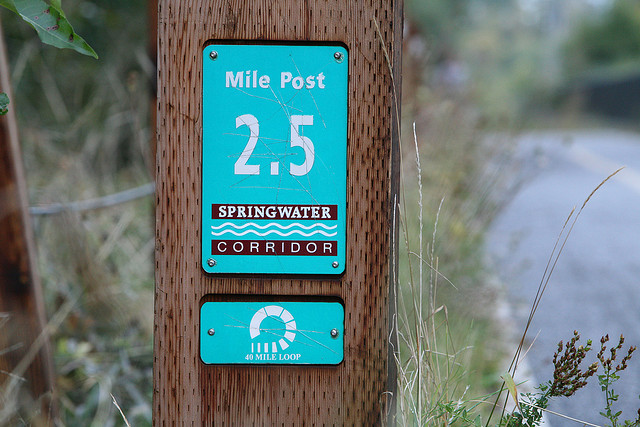Training for a marathon isn't an easy endeavor. There are early morning runs to avoid the heat, lots of long weekend runs, speed workouts, cross training, and to add to it, sleeping, eating and your non-running life! It can be hard to balance everything, especially during the summertime when we are taking vacations and enjoying the nice weather and longer days. Losing motivation or finding yourself skipping runs is a natural by product of training. When you find yourself in this predicament, try these 4 tips. They've helped me and Jessica out of a few ruts.
1. Meet a friend, or a group, for a run. Use your easy or recovery days to run with a friend. Use the time to chat and keep yourself honest with your pace (this should be your slower run). Group runs are great because of the different paces; one week the group pace might challenge you and another week, it's might help you hit that slow, easy pace.
2. Pick a destination. Use your running time to reconnect with friends and then continue the conversation over drinks, brunch or coffee. Or, head out by yourself - plot out runs that end at your favorite brunch spot, new coffee shops, or your local wine bar and reward yourself at the end. Don’t forget your money (we keep our money and IDs in a plastic sandwich bag- it works)!
3. Change of scenery. Keep things fresh or re-inspire your running by exploring new routes through your city. Hop on a subway, train or drive out to a park or lake you haven't run around. If you’re traveling, look online for local running spots instead of leaving directly from your hotel.
4. Accountability. Find a coach, a buddy, or a family member to hold you accountable. Give them your training schedule and ask them to ask you about your runs. If that's too much, print out your monthly plan and tape it to the mirror in your bathroom or leave it on the fridge so you'll see it everyday.












